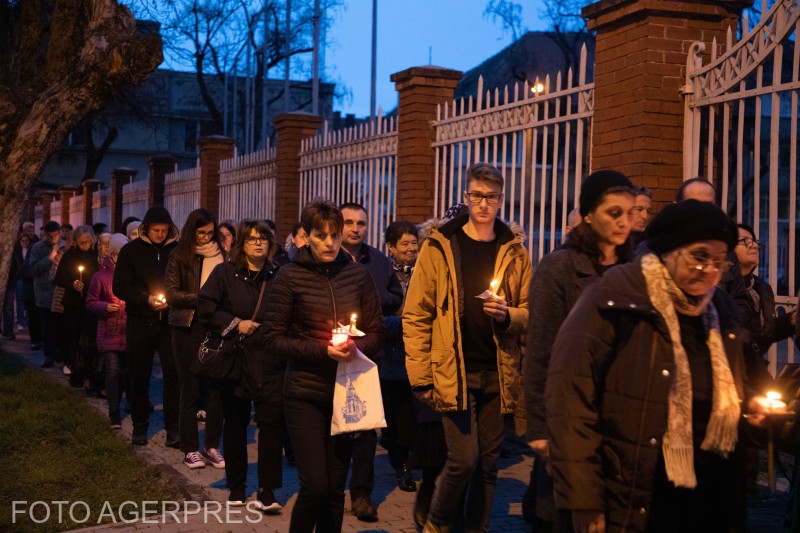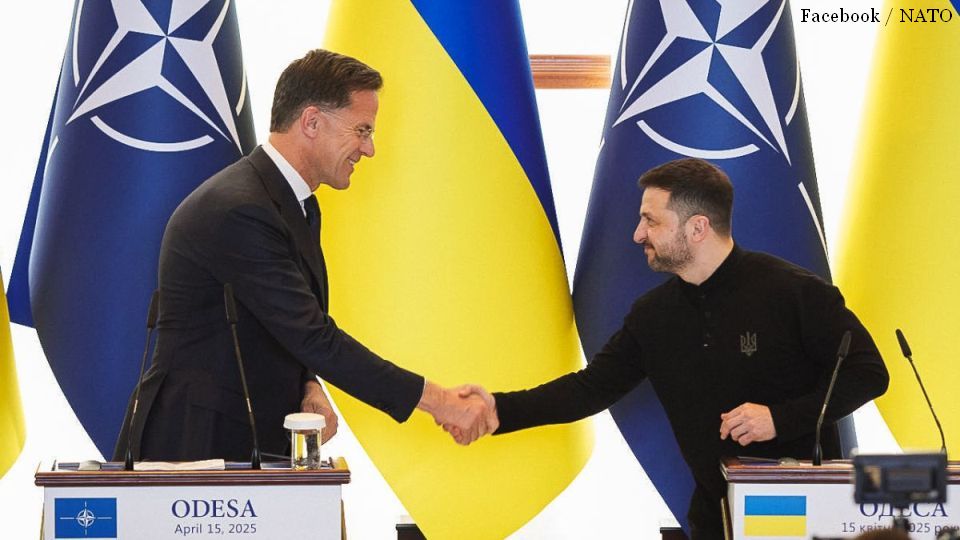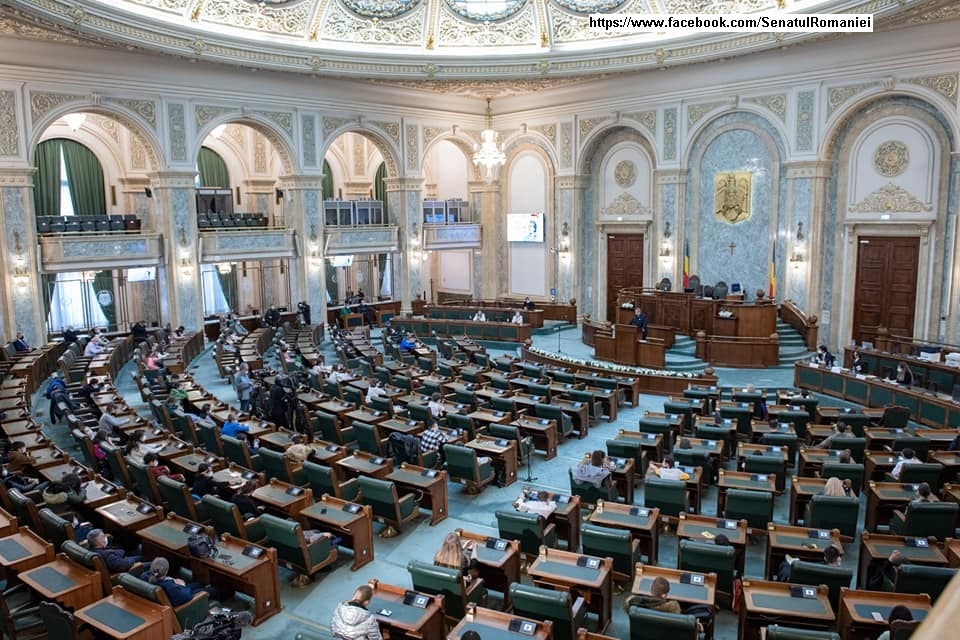32 years since the Revolution in Timisoara
In December 1989, the Romanian Revolution, that led to the fall of the communist regime, started in Timisoara.

Mihai Pelin, 17.12.2021, 13:50
The bloodiest of Europe’s anti-communist uprisings, the Romanian Revolution of 1989 against the dictatorial regime headed by Nicolae Ceausescu started 32 years ago, in the western city of Timisoara and then extended to other Romanian cities. A lot of hopes have been lost during these years as the Revolution case remains one of the most important unsolved cases of the Romanian justice system. Timisoara, the first city free of communism, is holding commemorative events this year as well. Former US Ambassador in Bucharest, Adrian Zuckerman, who attended the events on Thursday, voiced his gratefulness at the sacrifice of the heroes and respect for the values of freedom and democracy. In his turn, Prime Minister Nicolae Ciuca conveyed a message of unity.
Timisoara won its freedom at the cost of human lives, after the repressive forces opened fire against peaceful protesters. The first anti-communist protests started on December 16, then extended to the other cities of the country. On December 21st, mass protests were held in Bucharest which culminated, on December 22nd, with the dictator Nicolae Ceausescu and his wife Elena attempted escape. They were subsequently captured and executed on Christmas Day, after a mock trial. More than 1 thousand people died in December 1989 and at least 3 thousand were injured, making Romania the only country where the change of regime was violent and the communist leaders executed.
32 years on, the Revolution case has not been finalized and those guilty of murder have not been brought to justice. The Romanian High Court of Cassation and Justice decided last month to send back to the Military Prosecutors Office the Revolution case, in which former President Ion Iliescu, former prime minister Gelu Voican Voiculescu and former military aviation commander, retired general Iosif Rus, are accused of crimes against humanity.
According to prosecutors, against the background of deteriorating relations between Romania and the USSR after the Prague 1968 moment, and of deep general discontent of the Romanian people, a dissident group was formed with the purpose of removing dictator Nicolae Ceausescu from power, while further keeping the country in the USSRs sphere of influence. Military prosecutors say that the group formed around Ion Iliescu acted in an effective manner and took over political and military power in December 1989. Thus, the entire military force of the country was controlled by the National Salvation Front Council, a temporary structure of the state power, which was then turned into a political party, the National Salvation Font (FSN), headed by Ion Iliescu, former member of the communist power. In 1990, Iliescu was elected president of the country. He then served as president of the country for another eight years, between 1992-1996, and 2000-2004. Throughout the years, FSN turned into PDSR, then into PSD, the latter being in power in Romania at present. (EE)






























